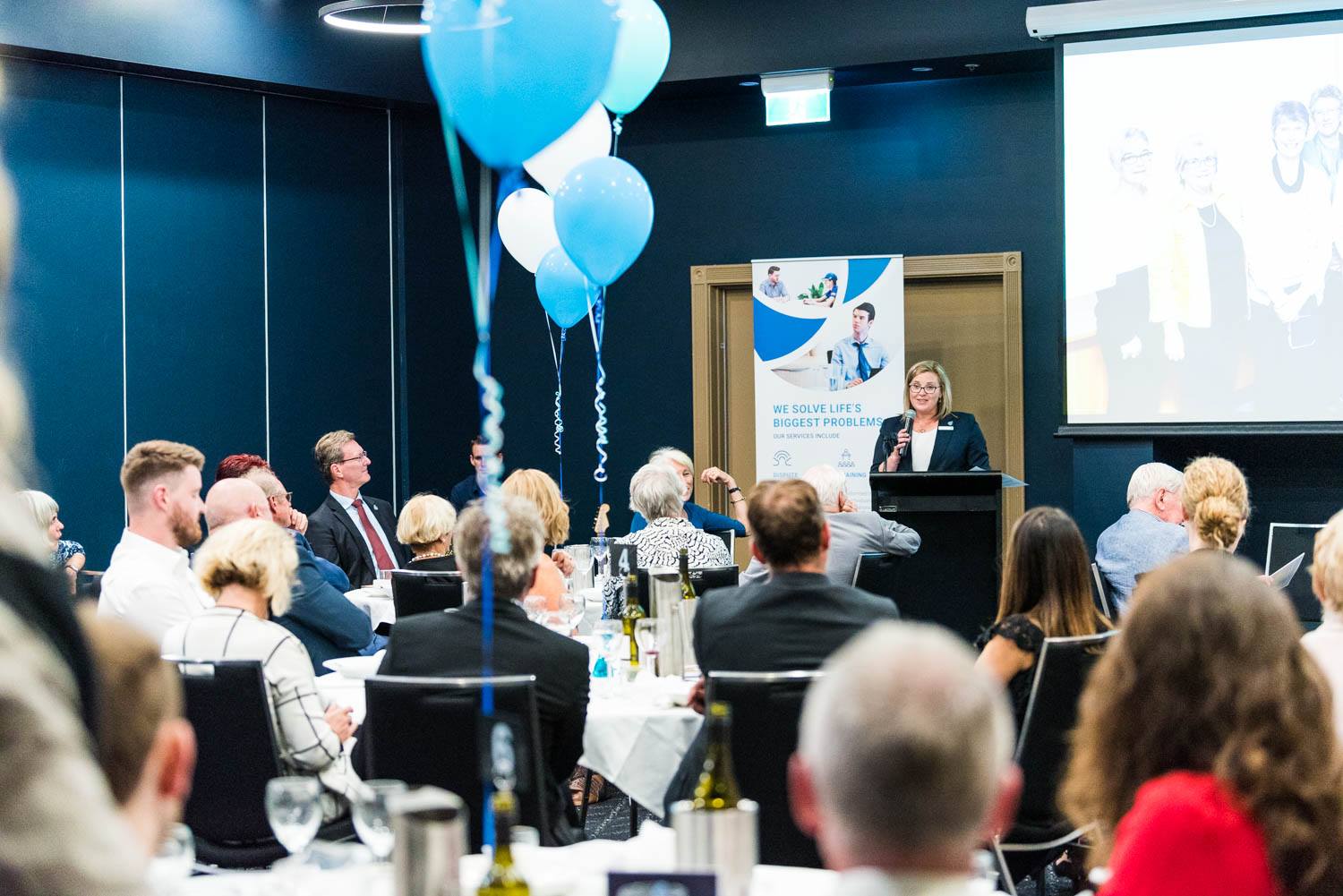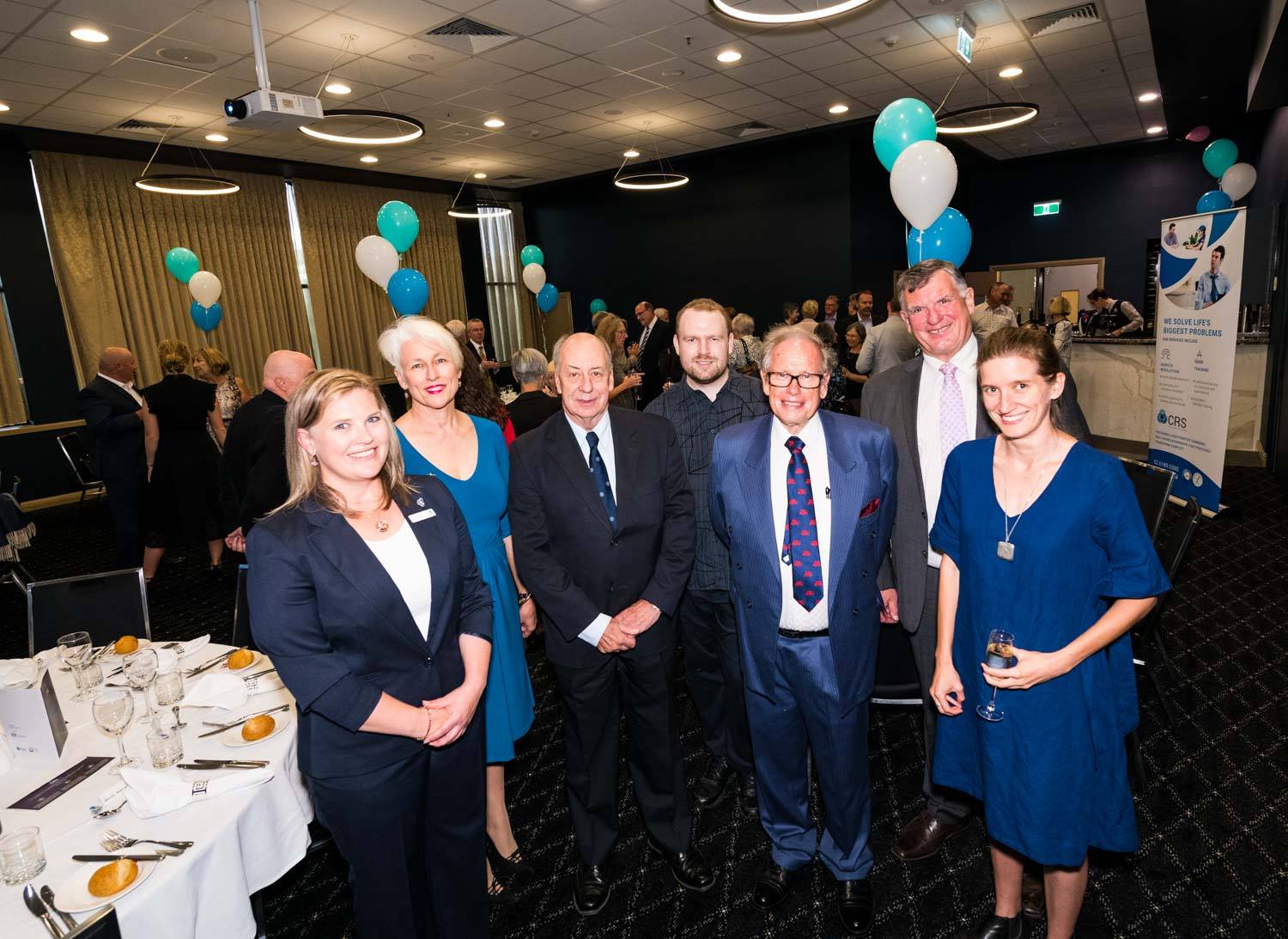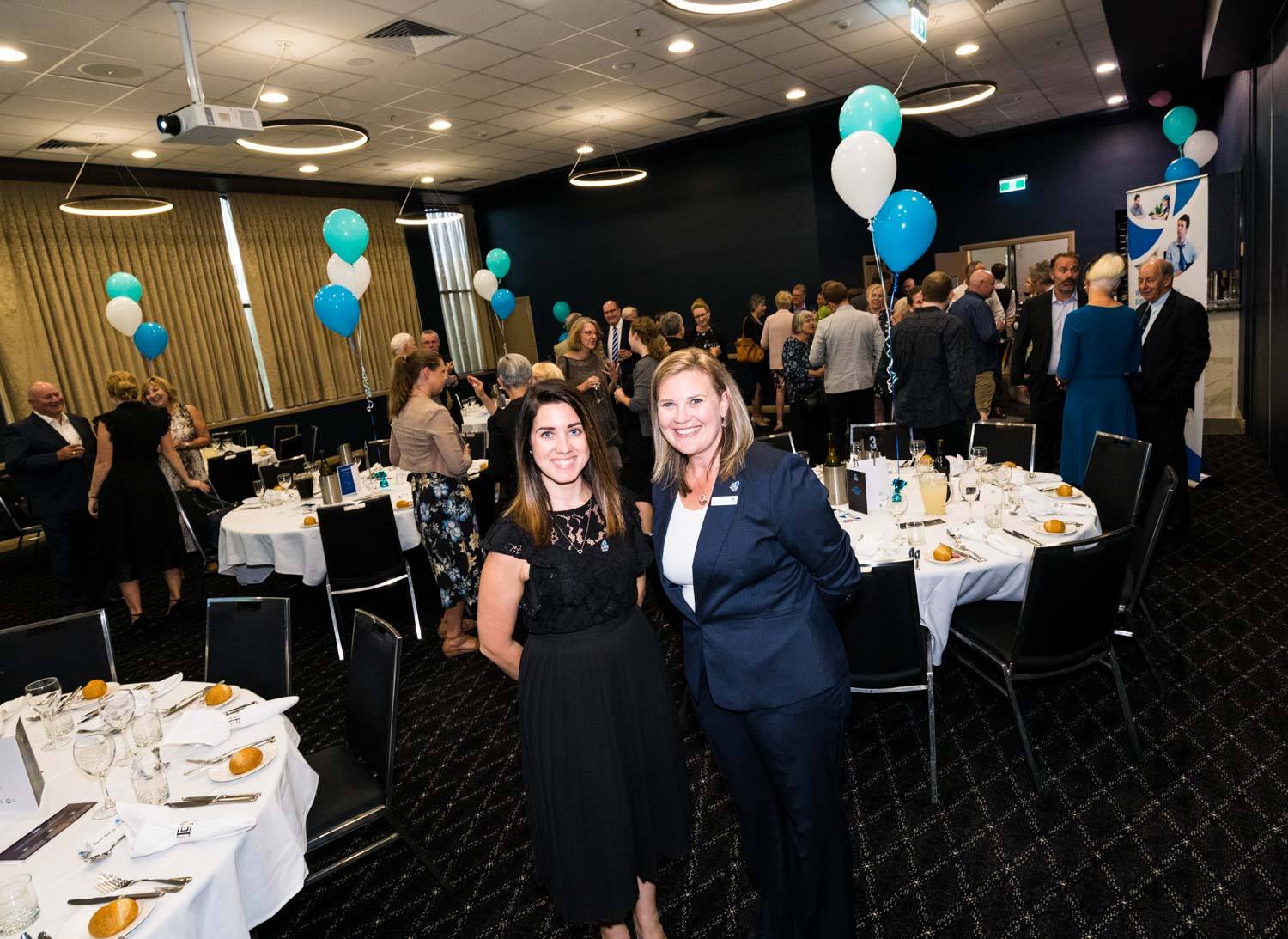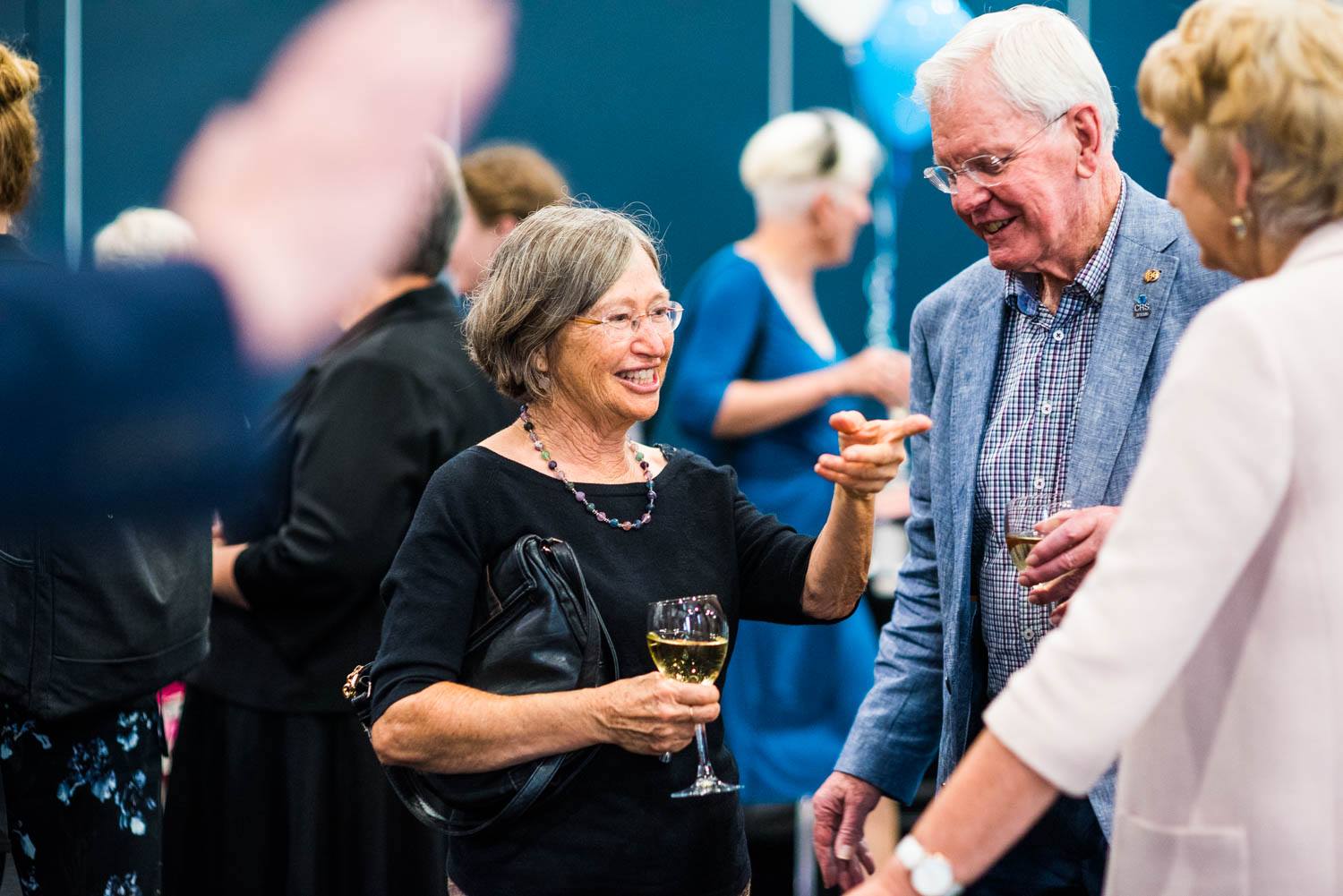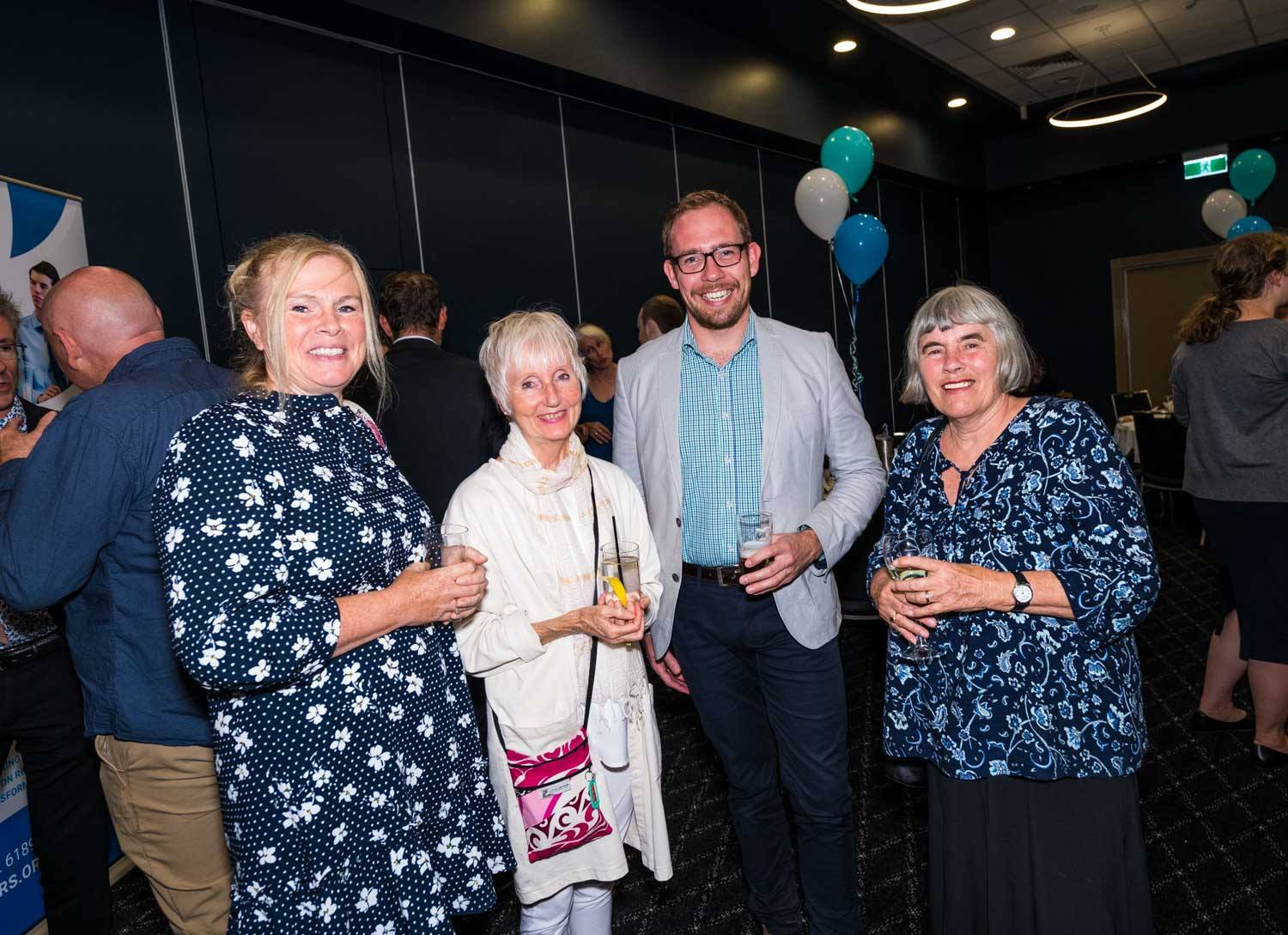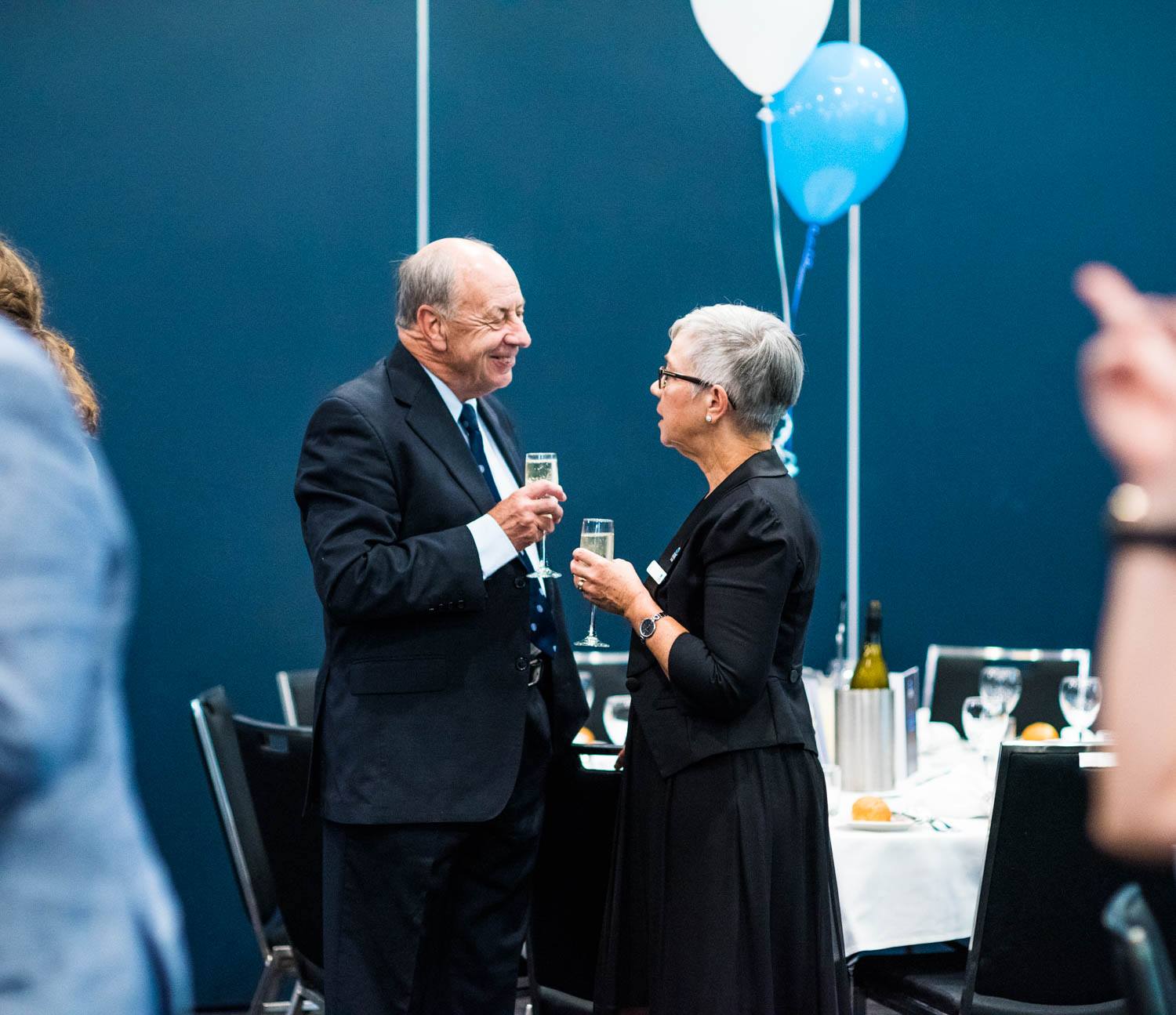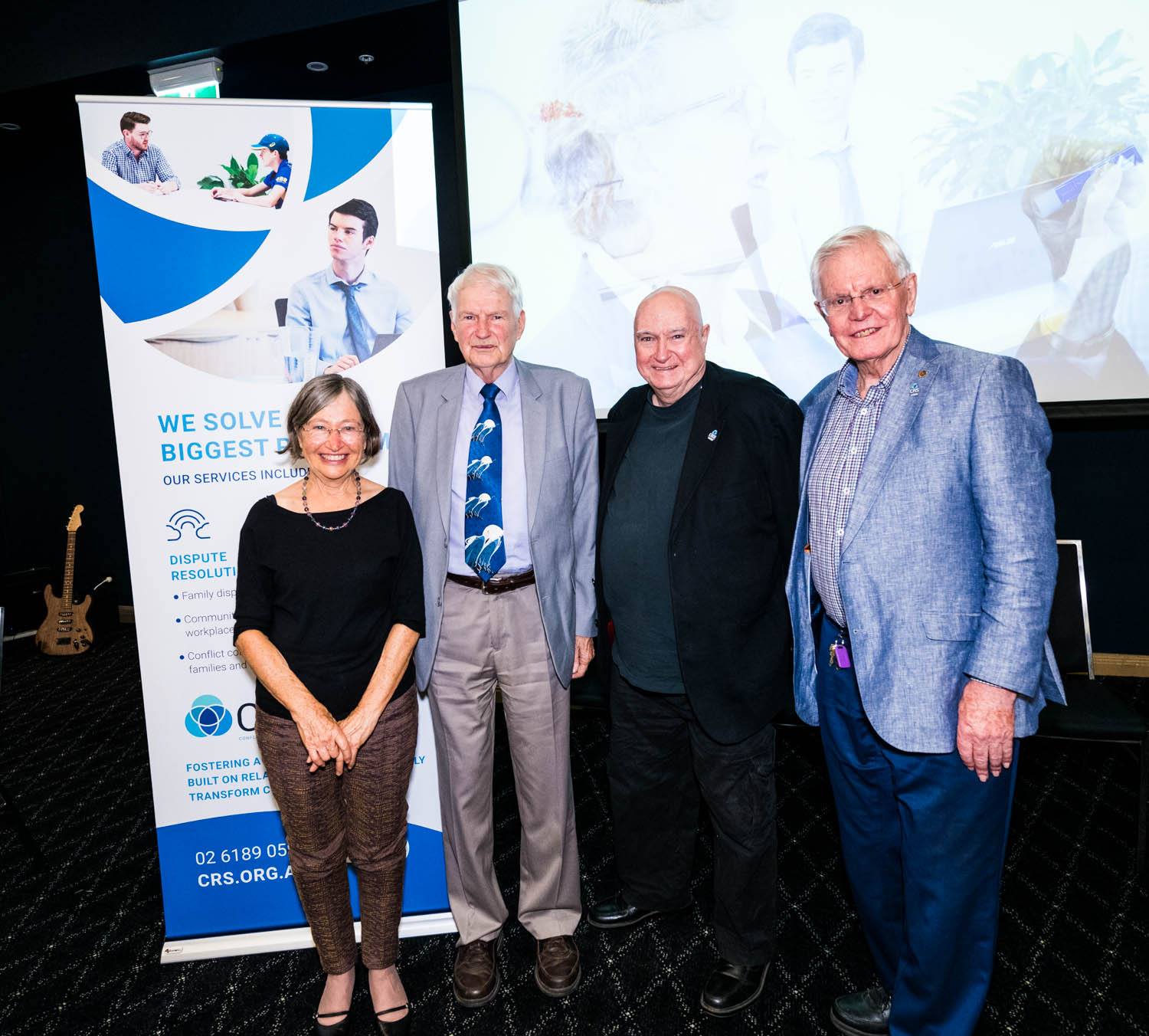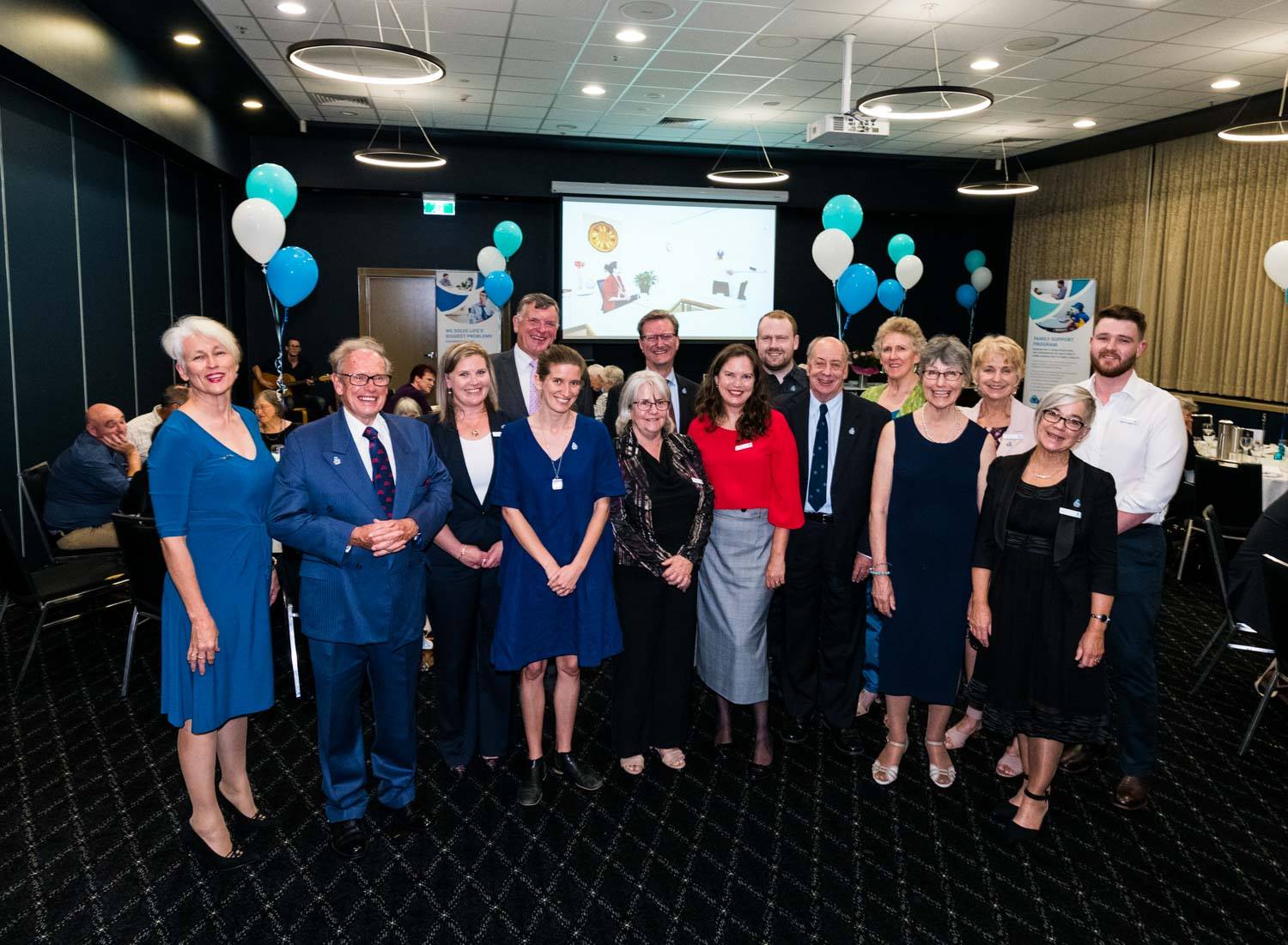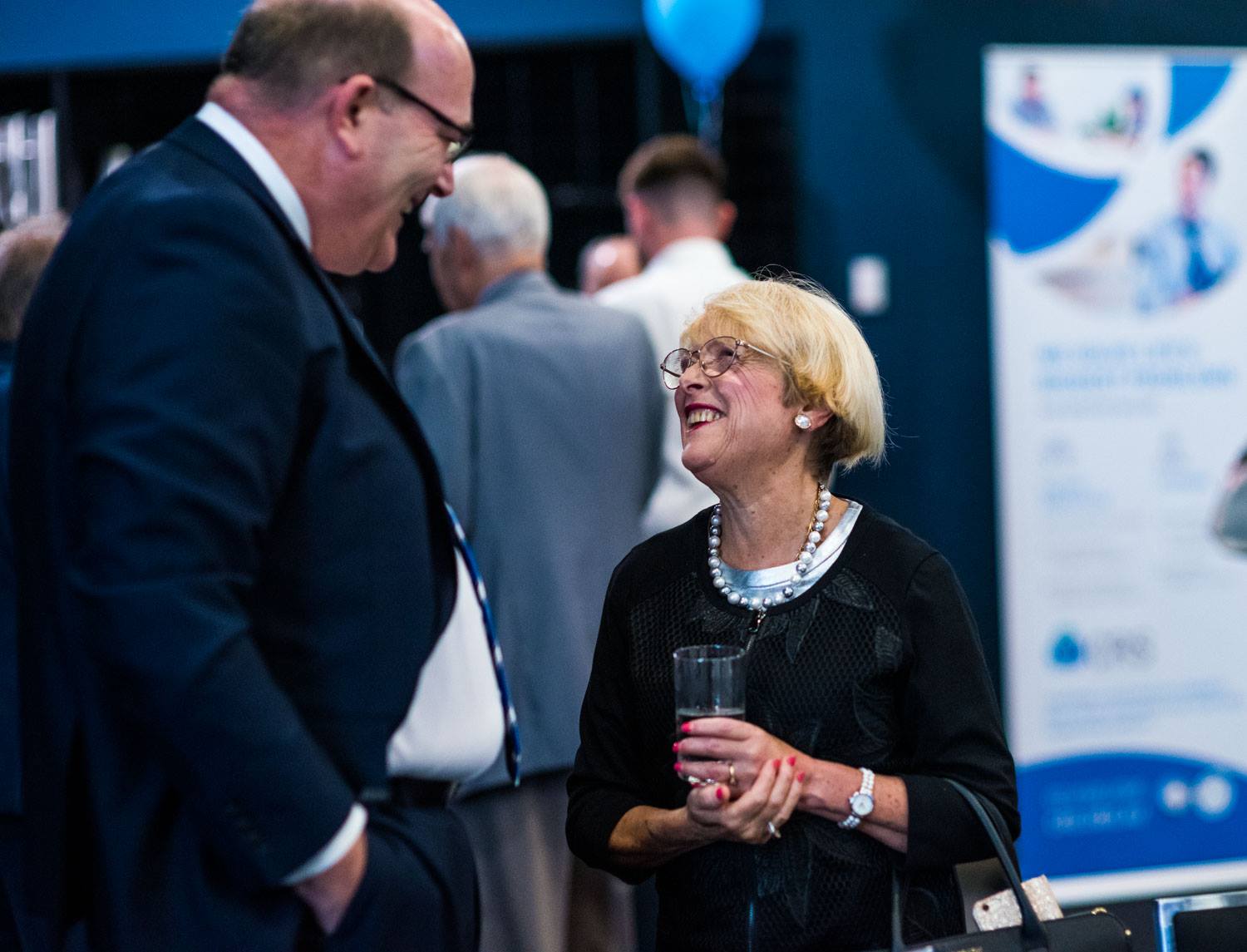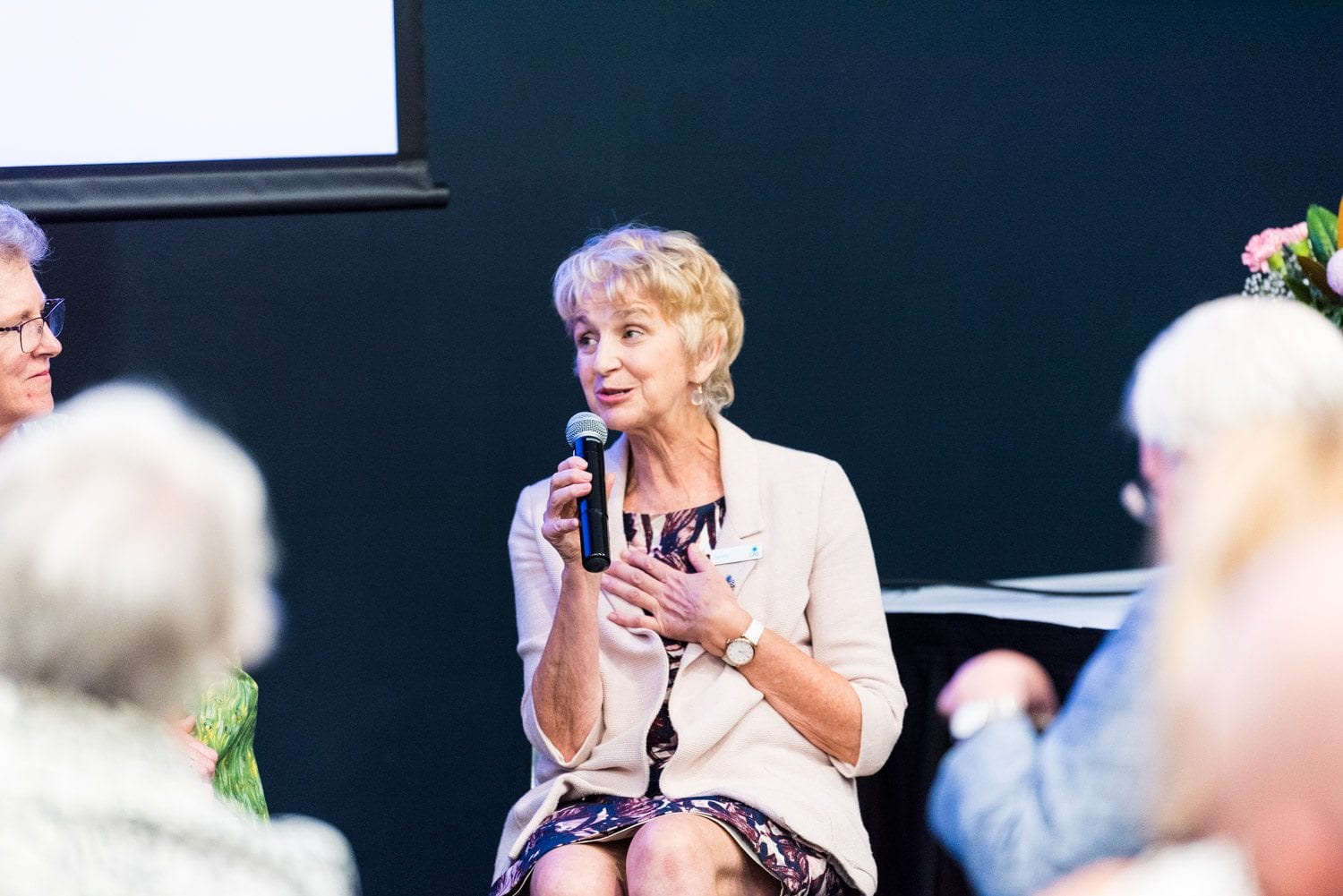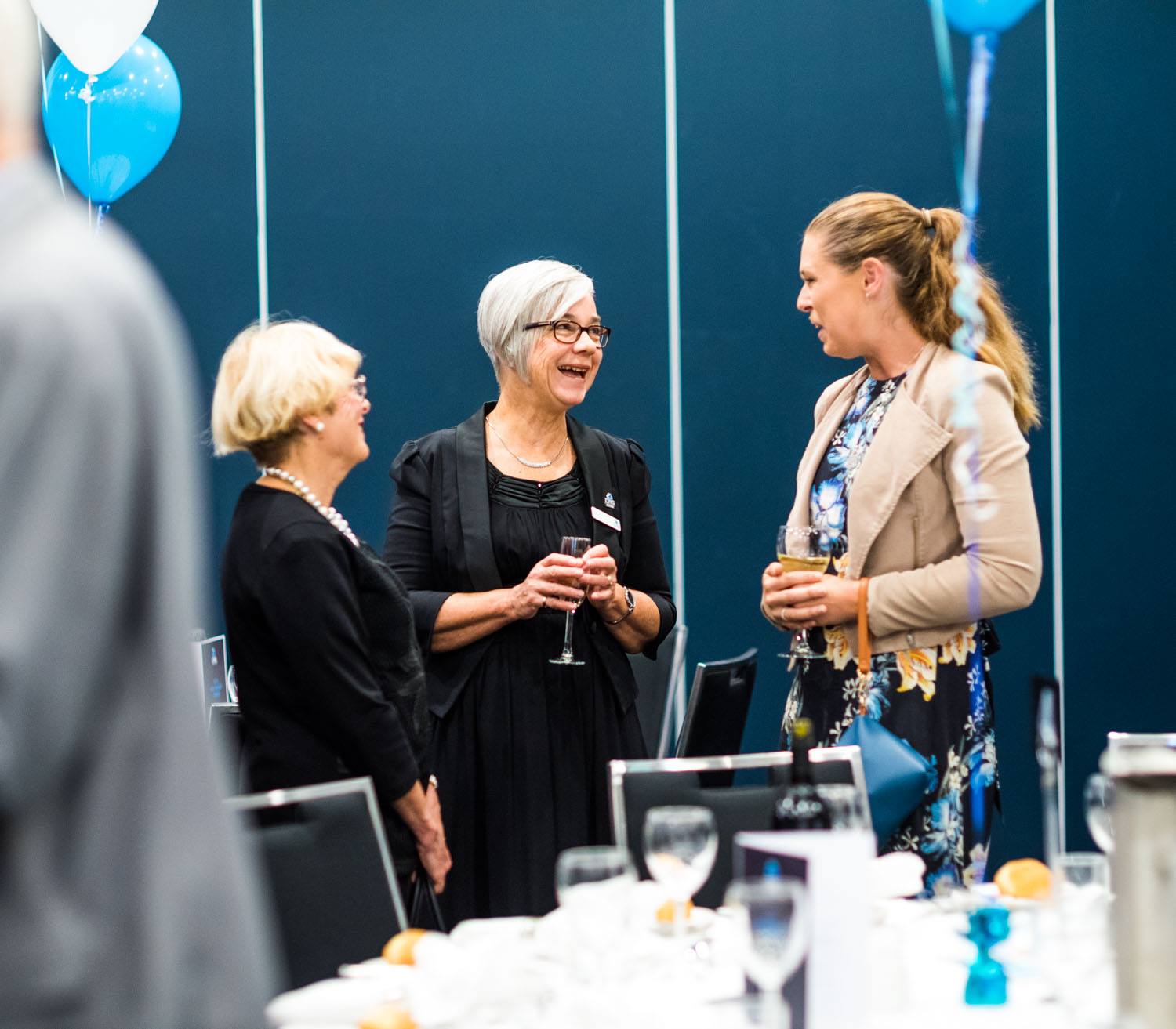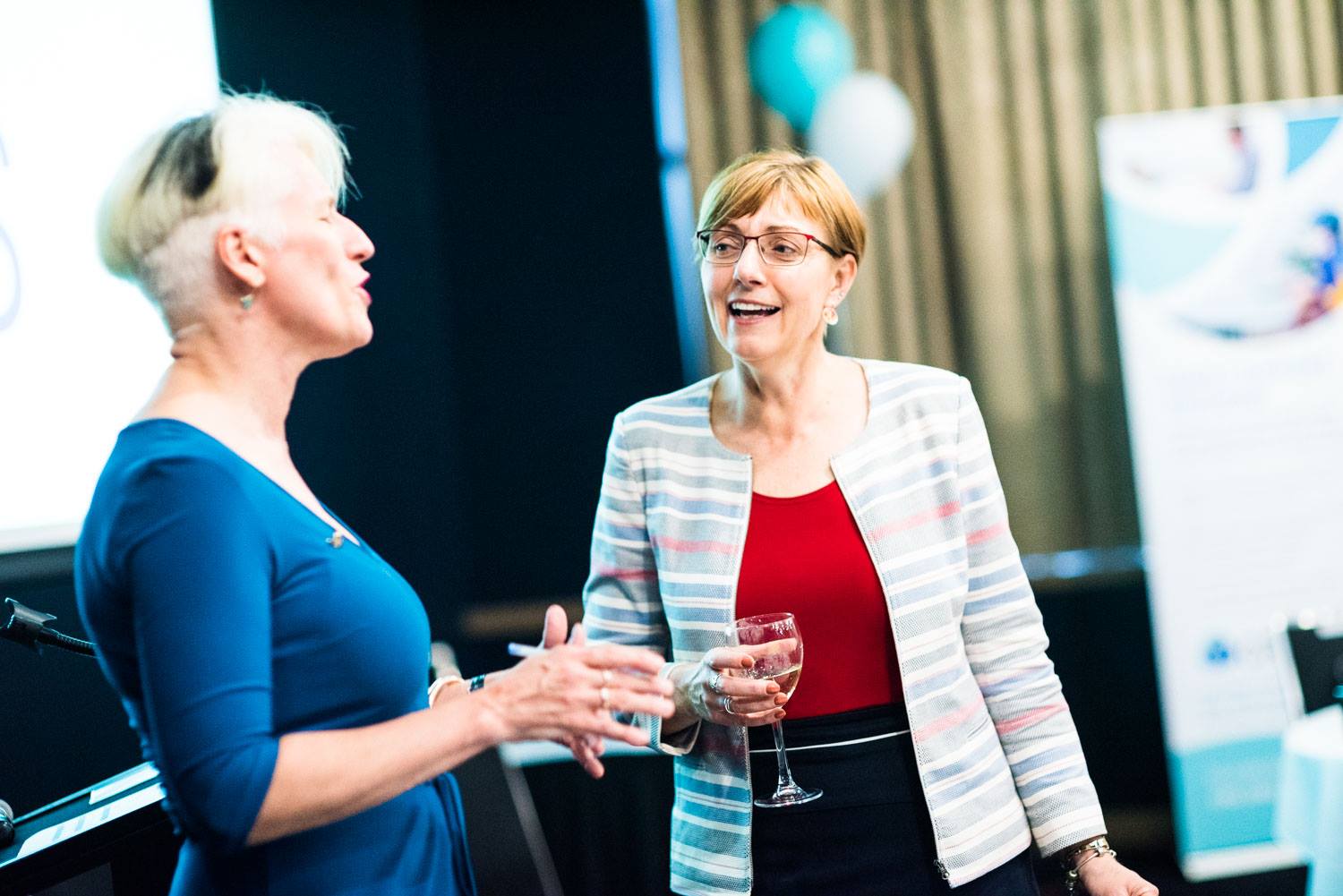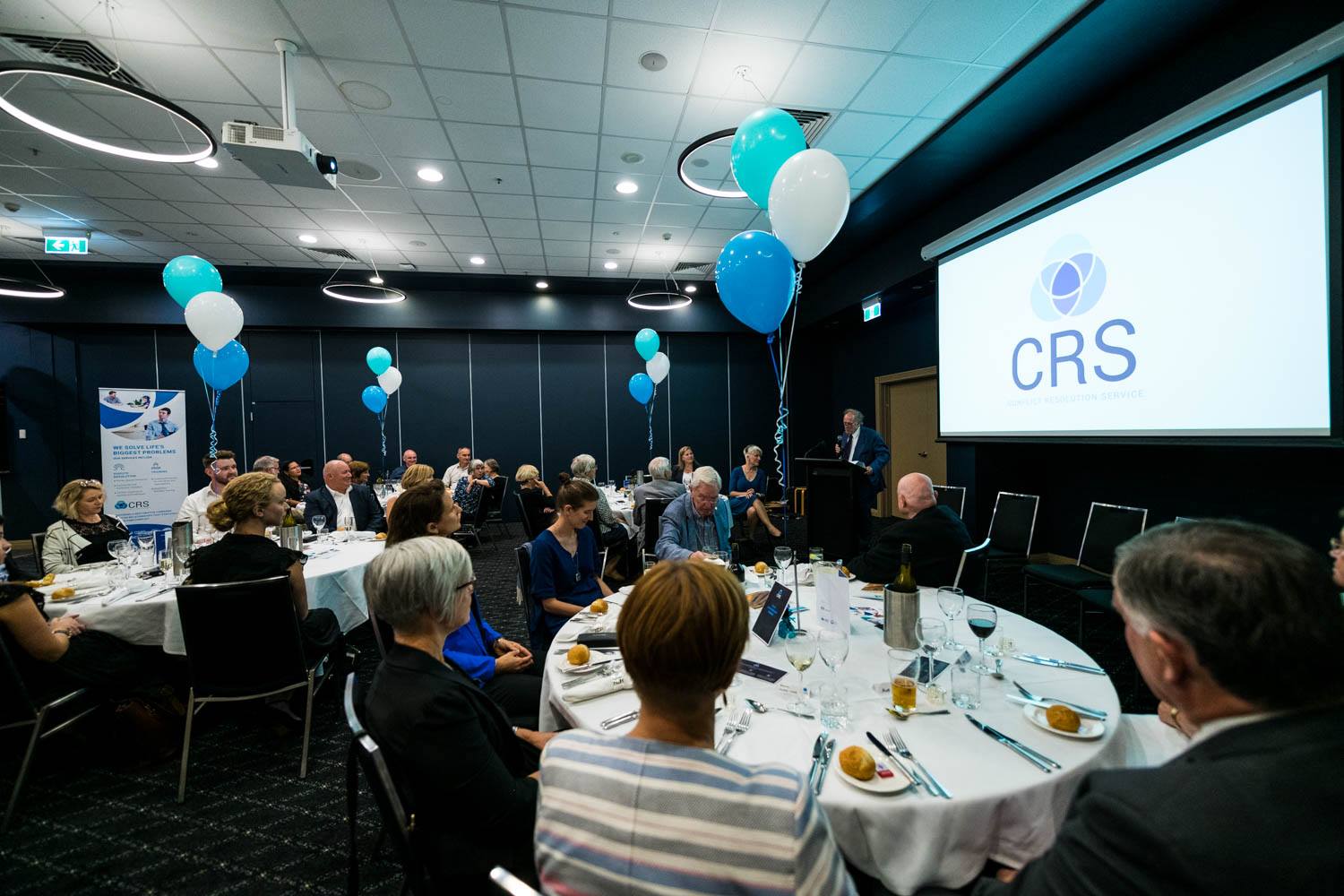Conflict Resolution Service celebrates its 30th anniversary
Last Tuesday marked Conflict Resolution Service’s 30th-anniversary with an evening to remember. We are grateful to everyone who attended our anniversary event.
From our chair discussing the future of conflict resolution in the ACT, to our founder looking back at our organisation’s rich history, Minister Gordon Ramsay delivering a moving speech about the power of relationships and their role in building a restorative Canberra, and some of our practitioners providing an insightful glimpse into the life of a CRS team member, the night was high in emotions and memories.
We thank you again for your ongoing contribution to the CRS community, and look forward to what the next 30 years will bring!
Check out the selection of photos from our 30th Anniversary Dinner on Tuesday, 19 March 2019.
Here is Minister Gordon Ramsay’s full speech from the event.
It’s been a wonderful evening. I am so pleased to have the
For 30 years, CRS has provided the people of Canberra with services that repair and strengthen relationships by preventing and resolving
Before becoming Attorney-General, I served my local community in Canberra as a Minister of the Uniting Church for 20 years. When you are out in the community doing that work every day, speaking with people about their lives, you know that relationships mean everything. Relationships are what keep us going. And when they fall apart, we fall apart, and our families and our community suffer.
So I cannot
Canberra as a restorative city
That is why I am personally committed to the vision of Canberra becoming a restorative city. In 2016, the Legislative Assembly called on the Canberra community to “work towards the declaration of Canberra as a restorative city.” The Government is committed to this work and I am optimistic and excited about where it will take us.
So what does this mean exactly? A restorative approach starts from a relational understanding of human beings – of who we are, what we do together, and what we need from one another. A restorative city is at its core a ‘relational’ city, one that pays careful and constant attention to relationships, as a goal in itself, not as a means to an end.
The value of relationships is at the heart of the work of CRS. It is a key partner in the transformation of Canberra into a restorative city, and its ethos and expertise
For Canberra to become a restorative city, the value of relationships has to be at the
Restorative Justice Unit
Canberra already has a strong tradition of restorative practice in the criminal justice system. Since 2005, the ACT’s Restorative Justice Unit has provided a space for victims, offenders and their communities of care to meet to discuss the aftermath of crime. The process facilitates active, safe and meaningful participation by all involved. It focuses on acknowledging and repairing the harm caused by a person’s
The Restorative Justice Unit has recently expanded the scope of its work. It now accepts referrals for sexual
But as my predecessor, former Attorney-General Simon Corbell pointed out, restorative practice is not limited to the domain of justice. We should be thinking about how to apply restorative approaches across the board, “in the places we live, learn, work, play and pray.”
Conflict Resolution Service – Family Tree House
The work of CRS has strong intersections with the justice system but is much broader, applying restorative principles and practices in numerous other settings. The Family Tree House service is an excellent example. This particular service supports teenagers who are homeless, or who are at risk of homelessness, because of conflict in their home.
The Family Tree House engages the whole family to address problems in the home in a way that is workable for everyone. I recently read about the success of the service in diverting a young teenager Eleanor, from homelessness. Eleanor and her mother were in constant conflict at home, and she wasn’t attending school. The family support worker addressed the complex patterns of conflict within the
The Family Tree House service demonstrates the value in resolving conflict using restorative principles that build relationships of respect and empathy, and where each person’s perspective and needs are
Another example of restorative principles being applied in practice is the University of Canberra Collaborative Indigenous Research Initiative. This project uses restorative health practices to give voice, accountability and healing value for Aboriginal and Torres Strait Islander families and communities in hospitals. The project seeks to reduce the gap between the health outcomes of Indigenous and non-Indigenous people, which is an unacceptable inequality in our community.
The project uses traditional Yarning Circle methods in modern corporate governance in hospitals to explore contemporary issues in Indigenous health.
The Yarning Circles are a safe space for Indigenous and non-Indigenous people to connect and build relationships and skills in positive dialogue. This is crucial given that research suggests poor communication is a primary contributor to mistakes in the health system.
Royal Commission into Institutional Responses to Child Sexual Abuse
For tonight, the final contemporary example of restorative practice I’d like to mention is the National Redress Scheme set up following the Royal Commission into Institutional Responses to Child Sexual Abuse – noting 5hat today in the Assembly, we passed the next, and very significant, piece of legislation following on from the Royal Commission’s recommendations.
A core part of redress under the Scheme is that survivors have the option to receive a direct and personal response from the institution responsible for their care at the time the abuse occurred. This empowers the person who has experienced abuse, if they choose, to have their story heard, and the impact of their abuse acknowledged by a representative of the institution where it occurred. It also offers an opportunity for the institution to provide the person harmed an apology or statement of regret as well as an assurance that it will take steps to prevent the abuse from occurring again.
These innovative initiatives demonstrate the versatility of restorative practice. The Government continues to look at new ways to make Canberra more restorative. In my portfolio, I am currently looking at whether restorative practices can be built into our processes for coronial
Conclusion
I have no doubt that Canberra is on its way to becoming a restorative city.
I commenced my remarks this evening by telling you how much I believe that relationships are the essence of what makes us human. And while the term “restorative practice” is relatively new, the concept is timeless. The great English poet John Donne said, in the sexist language of his time some 400 years ago, that:
“No man is an island entire of itself. Every man is a piece of the continent, a part of the main… Any man’s death diminishes me, because I am involved in mankind.”
Events over the past week have reinforced how important it is to affirm our common humanity and the pain that is shared whenever one is
I wish to congratulate all involved in CRS tonight on your contributions to the Canberra community over the past 30 years. The work you do every day resolves conflicts in our community in a meaningful and enduring way. I cannot think of a better
Click here to read our founder David Purnell OAM’s speech as well.

